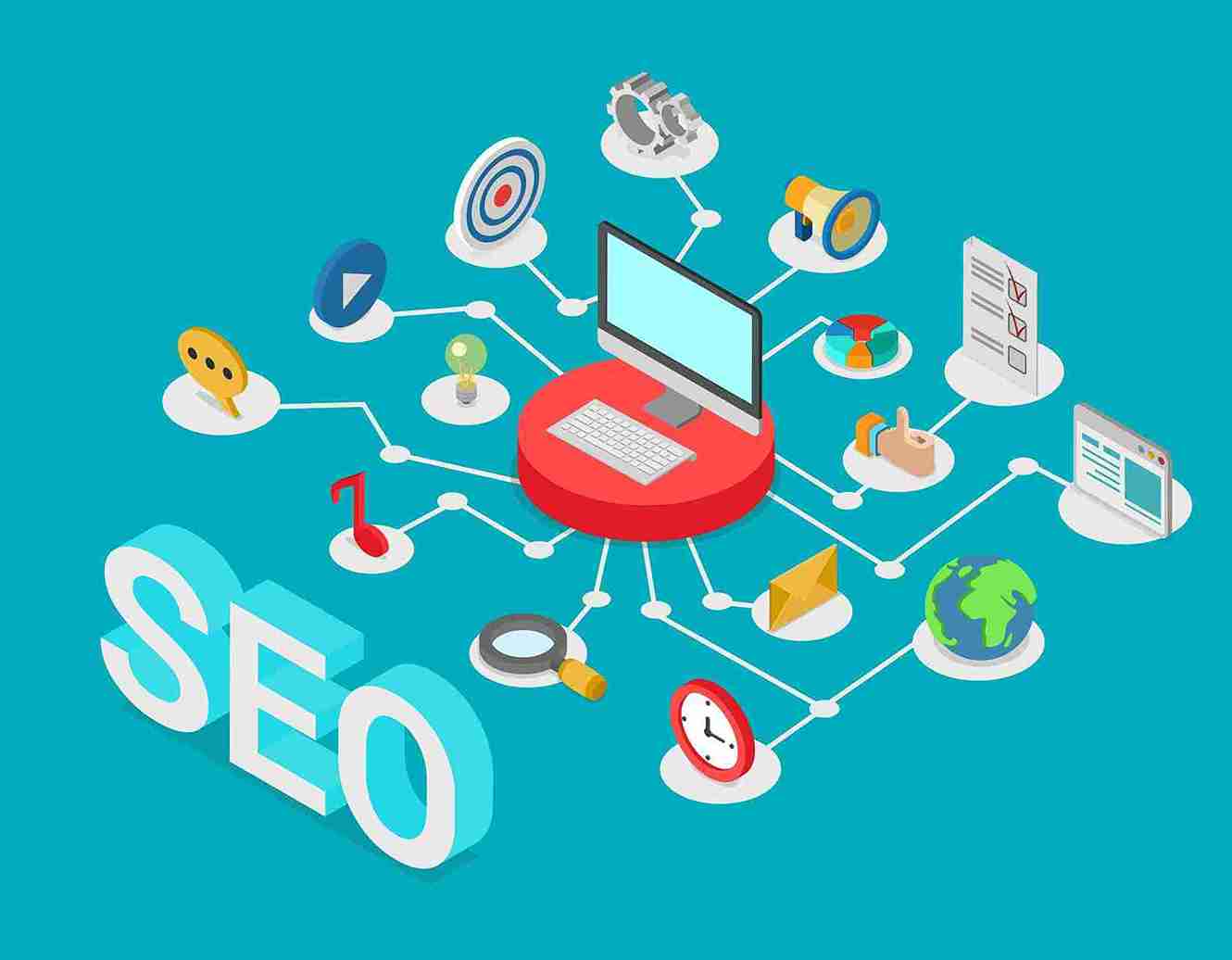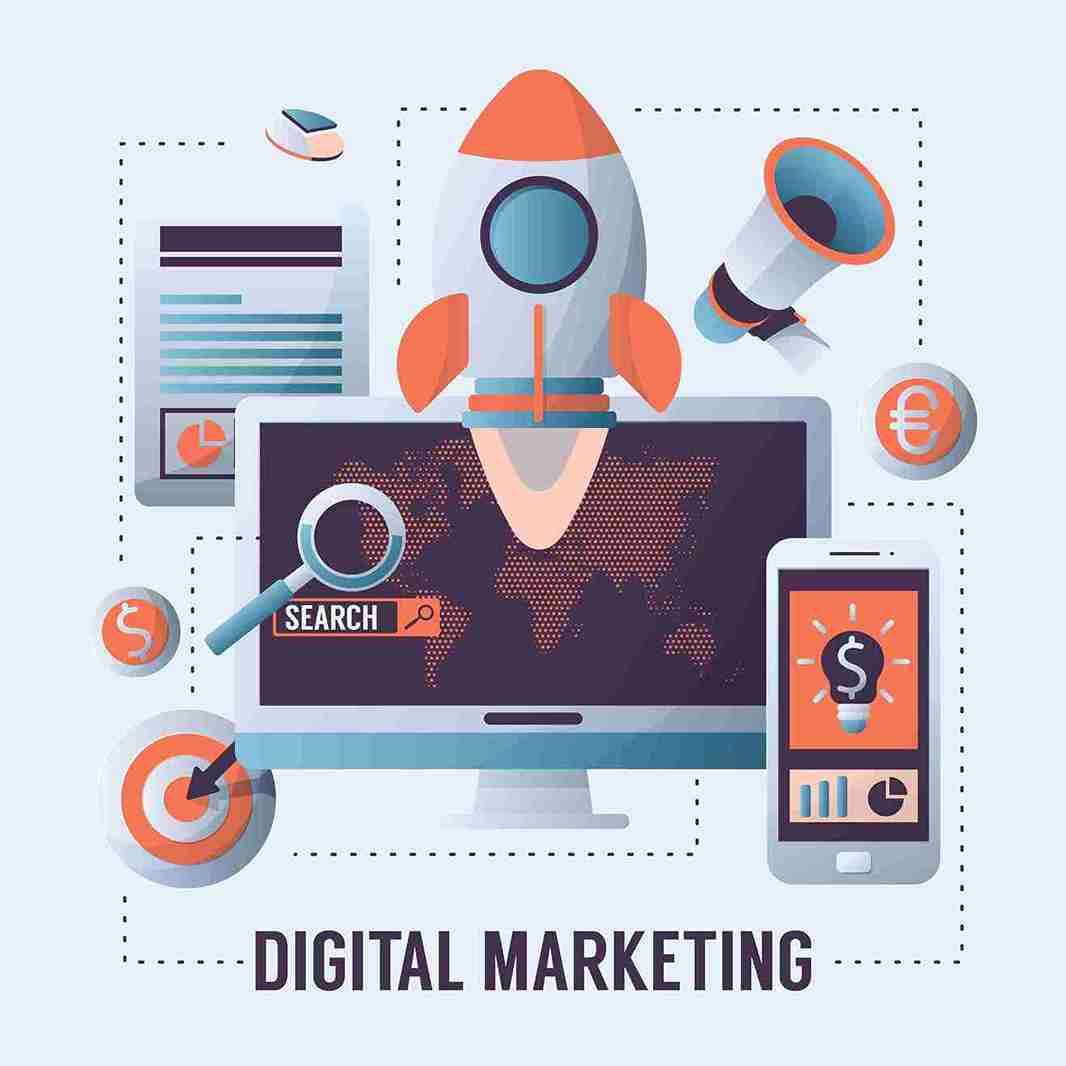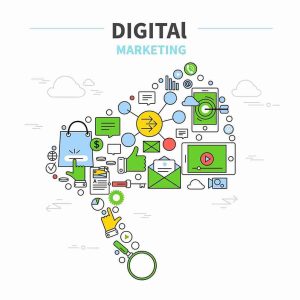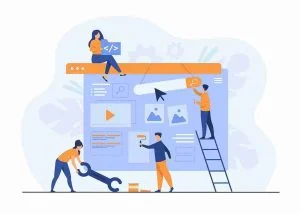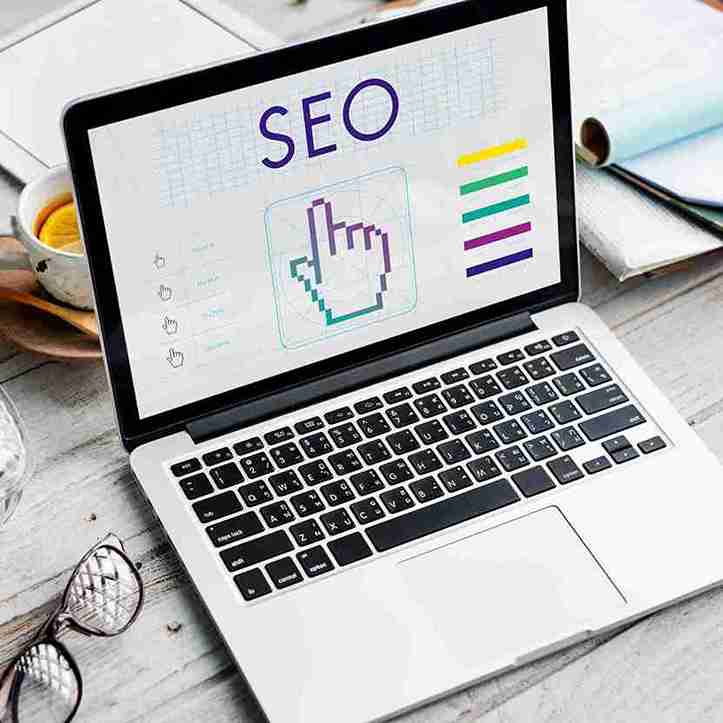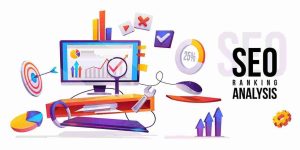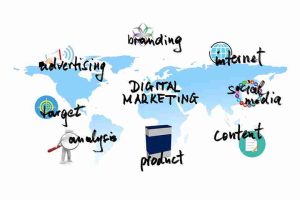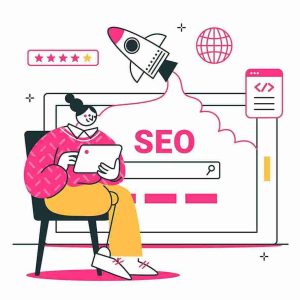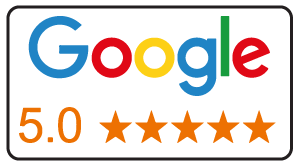Premium Search Engine Optimization
In digital marketing, we have premium search engine optimization which is very crucial in getting a website on page 1 of search engines. SEO stands for “Search Engine Optimization,” which is the practice of optimizing a website to rank higher on search engine results pages (SERPs) like Google, Yahoo, Bing, etc. thereby increasing organic traffic to the site by making it more visible to users searching for relevant keywords.
Key points about SEO:
- Objective:
To appear on the first page of search results for keywords related to your business or content, driving more potential customers to your website.
Factors to look at:
- On-page SEO: Optimizing elements directly on your website like titles, headings, meta descriptions, and content with relevant keywords.
- Off-page SEO: Building backlinks to your website from other reputable sources to signal authority to search engines.
- Technical SEO: Ensuring your website is technically sound for search engine crawlers to access and index properly.
Premium Search Engine Optimization

Let us look at different case studies for SEO below. These case studies demonstrate the effectiveness of various SEO strategies across different industries and business models. The key to success is understanding the unique needs of the business, conducting thorough research, and implementing tailored strategies that address specific challenges and opportunities.
- Comprehensive Keyword Research and Targeting
- Example: For an e-commerce client selling niche outdoor gear, the strategy focused on identifying long-tail keywords that had lower competition but high intent. Instead of just targeting “camping gear,” the strategy honed in on specific terms like “ultralight backpacking tents” and “portable camping stoves for hiking.”
- Outcome: This approach led to a significant increase in organic traffic from highly qualified users who were further along in the buying cycle. The client saw a 40% increase in organic sales over six months. It needs to be noted that SEO is the medium to long term strategy.
- On-Page Optimization and Content Revamp
- Example: A local service business (e.g., plumbing services) was struggling with poor search rankings despite having a decent website. The strategy involved a thorough audit of their website’s on-page SEO factors, including meta tags, header tags, image alt texts, and internal linking structure. Additionally, existing blog posts were updated with current information and optimized for targeted keywords.
- Outcome: After implementing these changes, the website’s visibility on Google improved dramatically, leading to a 50% increase in local search traffic and a 35% increase in inquiries via the website.
- Content Marketing and Blogging Strategy
- Example: For a tech startup, the SEO strategy included launching a company blog focused on addressing common pain points and questions in the industry. Content was created around “how-to” guides, industry trends, and in-depth technical articles targeting specific keywords identified during research.
- Outcome: Within a year, the blog became a significant source of traffic, contributing to over 60% of the site’s overall organic traffic. Additionally, several articles were featured in industry publications, boosting the company’s domain authority and leading to a 300% increase in organic leads.
- Local SEO Optimization
- Example: A restaurant chain with multiple locations wanted to improve its visibility in local searches. The strategy involved optimizing each location’s Google My Business profile, creating location-specific landing pages on the website, and encouraging satisfied customers to leave positive reviews.
- Outcome: The restaurant chain saw a 70% increase in local search visibility, with several locations ranking in the top three for key local search terms. This led to a significant increase in foot traffic and online orders.
- Technical SEO Improvements
- Example: An online retailer experienced a sudden drop in traffic and was unsure of the cause. A technical SEO audit revealed issues such as slow page loading times, mobile usability problems, and broken links. The strategy involved fixing these issues, improving site speed, and ensuring mobile-friendliness.
- Outcome: Once the technical issues were resolved, the website’s rankings recovered, and organic traffic increased by 25%. Mobile traffic, in particular, saw a 40% boost due to the improved user experience.
- Backlink Building and Outreach
- Example: A struggling company needed to improve its domain authority to compete with larger competitors. The strategy included creating high-quality, shareable content (such as industry reports and whitepapers) and then conducting targeted outreach to industry bloggers, journalists, and influencers to earn backlinks.
- Outcome: Over time, the company secured backlinks from reputable industry sites and publications, which helped boost its domain authority. This led to a 50% increase in organic search rankings for competitive keywords, driving a significant increase in organic sign-ups.
- E-commerce SEO and Product Page Optimization
- Example: An online fashion retailer struggled with low visibility for its product pages. The strategy involved optimizing product titles, descriptions, and images with relevant keywords. Additionally, customer reviews were incorporated into the product pages to add fresh, user-generated content.
- Outcome: As a result, the retailer saw a 35% increase in organic search traffic to product pages and a 20% increase in conversion rates due to improved on-page SEO and enhanced user trust from reviews.
- Content Gap Analysis and Creation
- Example: A B2B software company wanted to dominate search results for its niche. A content gap analysis revealed opportunities where competitors were ranking for keywords that the company had not yet targeted. The strategy involved creating new, high-quality content to fill these gaps, focusing on in-depth guides, case studies, and comparison articles.
- Outcome: This approach resulted in several new pages ranking on the first page of Google, driving a 45% increase in organic traffic and a significant boost in qualified leads.
- Voice Search Optimization
- Example: A health and wellness brand recognized the growing importance of voice search. The SEO strategy included optimizing content for voice search queries by focusing on natural language, question-based keywords, and creating an FAQ section that addressed common voice search queries.
- Outcome: The brand saw a notable increase in traffic from mobile users and voice searches, with several pages ranking for “featured snippets” and voice search results.
Benefits of SEO are the following:
- Increased organic traffic:
By optimizing your website for relevant keywords, you attract more users searching for information related to your business, leading to higher website traffic.
- Improved brand awareness:
When your website appears on the first page of search results, it increases your brand visibility and recognition among potential customers.
- Higher quality leads:
SEO attracts users actively looking for your products or services, resulting in more qualified leads with a higher conversion potential.
- Enhanced user experience:
Optimizing your website for SEO often involves improving site structure, loading speed, and mobile responsiveness, leading to a better user experience.
- Credibility and trust:
Ranking high in search results signals to users that your website is reliable and trustworthy, building customer confidence.
- Cost-effective marketing:
Compared to paid advertising, SEO can provide long-term results with a relatively lower cost per lead.
- Competitive advantage:
By implementing effective SEO strategies, you can gain an edge over competitors in your industry.
- Measurable results:
SEO provides data and analytics to track your website’s performance and identify areas for improvement.
- Improved local visibility:
Local SEO helps your business appear in local search results, attracting nearby customers.
- Content marketing boost:
SEO encourages creating valuable and informative content that resonates with your target audience, further enhancing your online presence.
EXCELLENTTrustindex verifies that the original source of the review is Google. Best in town. Dedicated and vast experienced team.Posted onTrustindex verifies that the original source of the review is Google. Really great service, quality and professional team!Posted onTrustindex verifies that the original source of the review is Google. Great work as alwaysVerified by TrustindexTrustindex verified badge is the Universal Symbol of Trust. Only the greatest companies can get the verified badge who has a review score above 4.5, based on customer reviews over the past 12 months. Read more

